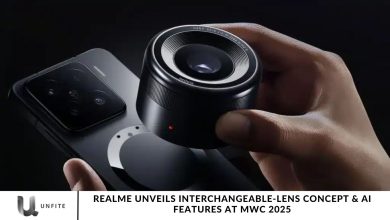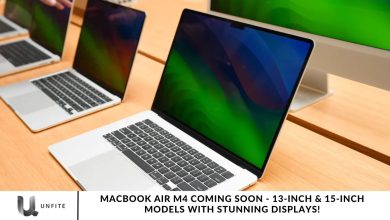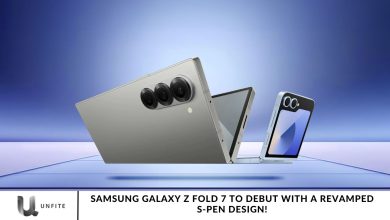Samsung’s Plan to Rival Sony in iPhone Camera Tech
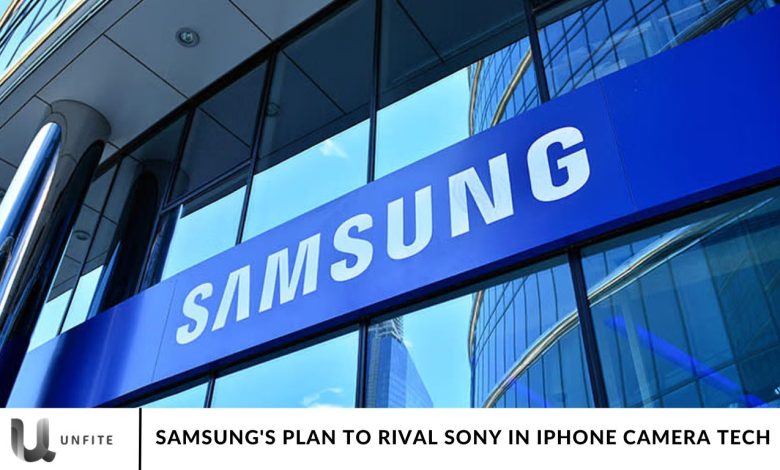
Reports indicate that Apple is considering switching its iPhone camera sensors from Sony to Samsung. According to leaks from Jukanlosreve on X (formerly Twitter), Samsung is developing a cutting-edge “3-layer stacked” picture sensor specifically designed for Apple.
This new sensor is expected to outperform the Sony Exmor RS sensors, which have been a staple in iPhones for over a decade. The report also suggests that the Samsung sensor could significantly enhance the iPhone’s photographic capabilities.
If these claims are accurate, Apple may end its reliance on Sony and Samsung for this critical iPhone component. Let’s explore the details further.
Most Innovative Samsung Product
In a recent post on X, the leaker revealed that “Samsung is working on a ‘3-layer stacked’ image sensor for Apple in the PD-TR-Logic format.” This new sensor is expected to outperform Sony’s current Exmor RS, and it could potentially replace it as the primary sensor in future iPhones.
Samsung is designing this triple-layer image sensor for Apple while also working on a 500MP sensor for its own Galaxy smartphones. To compete with Sony, Samsung aims to leverage tiPhone’se’s capabilities.
The new stacked sensor, which integrates a processor directly into the device, will improve the camera’s response time and data transfer, significantly improving the physical performance.
SamsuSamsung’sor improving iPhoniPhone’sra capabilities.
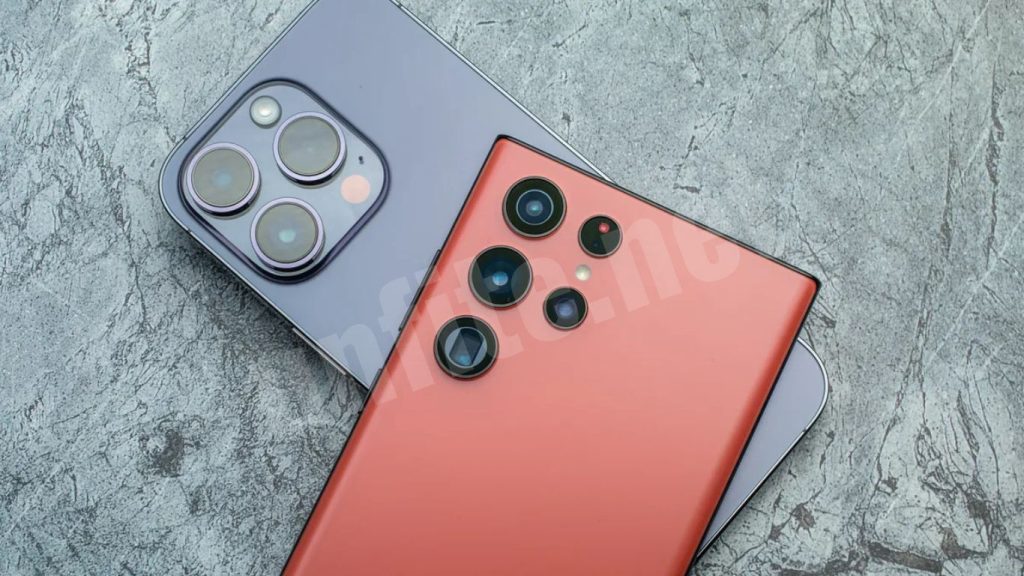
Adopting SamsSamsung’s camera sensor layers could significantly enhance ApplApple’s scanning speed, efficiency, and image quality. This innovative sensor would be especially beneficial for smartphones, where fast picture-taking capabilities are crucial.
Sony has been supplying iPhone camera sensors since 2011, so if this rumor proves true, it would mark a significant shift for Apple.
The new sensor is expected to improve noise reduction and speed up processing. Its compact design is ideal for devices like the anticipated iPhone 17 Slim.
In addition, Apple is reportedly developing its modem to reduce reliance on Qualcomm for modem components. The company is also working on its own Bluetooth and Wi-Fi chips, dubbed Proxima, which are set to launch this year, further decreasing dependence on Broadcom.
Samsung’s Vision for iPhone Camera SensorSamsung’s
Samsung’s Development of the 3-Layer Stacked Sensor
Samsung has been at the forefront of innovation in smartphone technology, and its development of a 3-layer stacked image sensor is one of the company’s most exciting advancements. This cutting-edge sensor is designed specifically for Apple’s iPhones, with the goal of enhancing overall camera performance, speed, and image quality.
The” “3-layer stack”d” sensor represents a significant step forward in sensor design. Traditional image sensors typically have a single layer of photodiodes that capture light, but Samsung’s new sensor employs three stacked layers. Each layer has a unique function, improving efficiency and performance. The first layer is responsible for capturing light, while the second layer handles the processing of the image data. The third layer is dedicated to handling the sensor’s power management and control, allowing for quicker processing speeds and better energy efficiency.
This technology aims to improve several aspects of iPhone camera performance, such as faster autofocus, increased low-light sensitivity, and more precise color accuracy. Given Apple’s focus on delivering top-tier photography experiences, this development aligns perfectly with the company’s goal of enhancing the iPhone’s camera capabilities.
Advantages Of Sony’s Exmor RS Sensors
Samsung’s new 3Samsung’s sacked image sensor offers several key advantages over Sony’s Exmor RS, positioning it as a powerful contender in the smartphone camera market.
Improved Image Quality:
One of the most significant improvements Samsung’s 3-layer sensor offers is superior image quality. Samsung’s stacked structure enables better light capture, which translates into more detailed and vibrant photos. The sensor’s design reduces noise, ensuring more trans sensors and more natural-looking images, especially in challenging lighting conditions. While Sony’s Exmor RS has been a reliable sensor for Sony’s Shones for years, Samsung’s new technology provides a boost to Samsung’s quality, particularly in low-light environments.
Faster Data Processing:
The multi-layer design of Samsung’s sensor allows for much faster datSamsung’sing than Sony’s Exmor RS. The dedicated layer for image proSony’sg enables quicker readout speeds, reducing the delay between taking a photo and seeing the result. This means users will experience faster shutter speeds, improved burst mode performance, and less lag when using advanced features such as portrait mode or video recording.
Better Power Efficiency:
Samsung’s stacked sensor is designed with efficiency. By integrating power management into the third layer, the sensor consumes less power while maintaining top-tier performance. This is a significant advantage for smartphones, where battery life is always a concern. Compared to Sony’s Exmor RS, which is efficient but doesn’t have Sony’s exact level of energy optimizatiodoesn’tung’s sensor allows for more extended usage times with compromising camera performance.
Enhanced Low-Light Performance:
Samsung’s 3-layer sensor includes improvements in Its Sensitivity, making it more effective in low-light scenarios. The sensor is better equipped to capture details in dark settings, improving overall image quality in conditions where Sony’s Exmor RS might struggle. This is particularly important for Sony users who rely on their smartphone cameras for nighttime or indoor photography.
Increased Dynamic Range:
The stacked design allows Samsung’s sensor to achieve a more excellent dynamic Samsung. This means the sensor can capture more details in both bright and dark areas of an image, producing more balanced and natural-looking photos. This is a significant advantage over the Exmor RS, which can sometimes lose details in very bright or very dark areas of a photo.
Why Apple May Consider Switching to Samsung’s Sensor
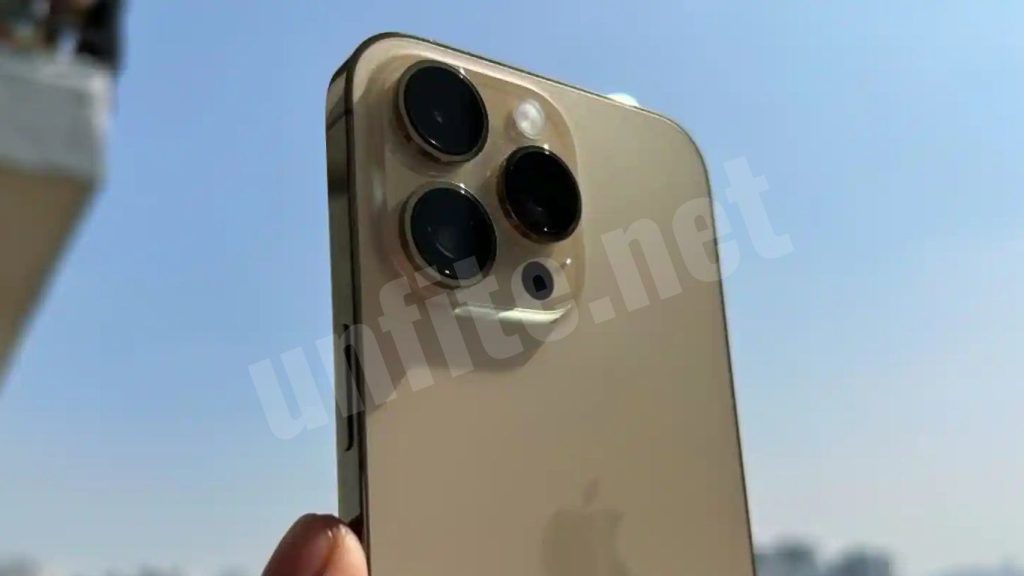
The Need for Enhanced Camera PerfSamsung’s
As smartphones continue to evolve, camera technology has become a central focus for manufacturers, and Apple is no exception. The iPhone has long been associated with exceptional photography, making the camera one of the most essential features for attracting consumers. With the increasing demand for better imaging quality in smartphones, Apple is under pressure to continually innovate and improve its camera systems. This demand for superior camera performance is driven by users who expect professional-grade photography features in their devices. Whether it’s capturing everyday moments or producing content on social media and creative projects, smartphone users want cameras that deliver high-quality results.
Furthermore, the rise in popularity of photography-focused applications and the increasing need for features like faster autofocus, enhanced low-light performance, and more detailed image quality have raised the stakes for smartphone manufacturers. In this competitive environment, companies like Google, Huawei, and Samsung have set the bar high with their advanced camera technologies. Apple must stay ahead in this race, and Samsung’s development of its three-layer stacked image should provide a significant advantage.
Samsung’s sensor has the potential to address Samsung’s sounds and further improve the iPhone’s camera capabilities. By enhancing performance noise and increasing efficiency, this sensor could help Apple maintain its edge in the crowded smartphone market. If the rumor is true, Apple may see this technology as an essential tool for elevating the iPhone’s photography experience to meet the increasing number of users.
Potential Benefits of the Samsung Sensor for iPhones
If Apple decides to adopt Samsung’s 3-three-layer tacked image sensor, it could use Samsung’s several key benefits to significantly boost iPhone camera performance. One of the most notable advantages would be better noise reduction. Samsung’s sensor is designed to capture more..mages, making Samsung images more efficient. Thisslates into cleaner photos, especially in low-light environments. The advanced noise reduction capabilities would help the iPhone produce more apparent, sharper images in dark settings where traditional sensors often struggle.
In addition to noise reduction, the sensor would offer faster processing speeds, another key advantage. The multi-layer design of the sensor allows for quicker image data processing, enabling speedier autofocus, smoother burst shots, and more responsive camera modes. This would significantly improve the overall user experience, as iPhone users would notice reduced lag and quicker transitions between camera settings. With faster processing, users would be able to capture fast-moving subjects or action shots without missing a moment.
Another significant benefit would be more efficient data transfer. The sensor’s stacked layers optimize how data is processed and transferred between them, resulting in quicker image capture and reduced latency. For iPhone users, this means faster response times when snapping photos and videos, along with enhanced video recording capabilities. This increased efficiency also contributes to smoother 4K video recording and real-time processing features, which content creators highly value.
Moreover, it improves the iPhone’s low-light performance perfoSamsung’sncritical for performance. It is critical for photographing light in dark environments for users to take high-quality photos without using a flash, even in low-light situations. Whether it’s a nighttime cityscape or an indoor portraenhancednced sensitivity would ensure that images remain crisp and clear without introducing excess noise or blurriness.
The sensor also boasts an increased dynamic range, which means it can capture more detail in both the bright and dark areas of a scene. This feature is handy for high-contrast situations, like outdoor landscapes with a bright sky and dark shadows. The added dynamic range would provide a more balanced and lifelike image, preserving details in areas that might otherwise be lost with traditional sensors. This would lead to photos with greater depth, color richness, and realism.
Additionally, Samsung’s sensor’s greater battery efficiency would improve battery life. By consuming less power with the iPhone’s promising performance, this sensor ensures that users can enjoy enhanced camera features without worrying about excessive battery drain. Whether they’re capturing photos throughout the day or recothey’reong videos, users would benefit from a longer-lasting battery.
Lastly, combining Samsung’s sensor with Apple’s computational photogrSamsung’snologies coulApple’ser enhance smartphone photography features. Apple’s Smart HDR, Deep Fusion, and Night Mod should be able to play with the sensor’s faster data processing and improved light sensitivity, pushing the boundaries of what the iPhone camera can do. This integration of hardware and software could result in a next-generation photography experience for users.
Frequently Asked Questions
What is Samsung’s new camera sensor technology for the iPhoSamsung
Samsung is reportedly developing a 3-layer stacked image sensor tailored for Apple’s iPhone. This sensor aims to surpass Sony’s Apple’sS sensors, providing enhanced performance with faster processing speeds and better image quality, especially in low-light conditions.
How does Samsung’s 3-layer stacked sensor improve iPhone camSamsung’srmance?
The 3-layer stacked sensor provides faster data transfer and processing speeds, improving autofocus, burst shot capabilities, and overall image quality. It also enhances noise reduction and low-light performance, enabling more apparent, more detailed photos in challenging lighting conditions.
Why is Apple considering switching from Sony to Samsung for iPhone camera sensors?
Apple may consider the switch due to the potential advantages offered by Samsung’s 3-layer stacked sensor, such as better noSamsung’ station, faster data transfer, and improved image quality. This makes it a strong competitor to Sony’s Exmor RS technology.
What makes Samsung’s 3-Sony sensor superior to Sony’s?
Samsung’s 3-layer stacked sensor iSony’sgned to process more light, resulting in improved low-light performance and faster data transfer. Compared to Sony’s Exmor RS, Samsung’s sensor is expected to have better noise reduction and higher dynamic range.
Will the new Samsung sensor affect the iPhone’s battery life?
Yes, the new sensor is expected to be more energy efficient. This means it will deliver performance while still delivering advanced camera capabilities. This would help users enjoy enhanced photography features without draining the battery too quickly.
How will Samsung’s camera sensor impact the iPhone’s video capabilities?
Samsung’s 3-iPhone’s sacked sensor is expected to improve Samsung’s recording by offering faster processing speeds, smoother 4K video capture, and better low-light performance. This would make iPhones better equipped for high-quality video production, especially in challenging lighting situations.
Will Samsung’s sensor improve the iPhone’s computationalSamsung’sphy features?
Yes, the SiPhone’s advanced sensor would complement Apple’s Samsung’sonal photography features, such as Apple’s Deep Fusion and Night Mode, enabling even more impressive results in terms of image quality, dynamic range, and overall photography performance.
Conclusion
Samsung’s development of a 3-layer stacked image seSamsung’sApple marks a significant step in the ever-evolving smartphone camera technology landscape. By offering superior image quality, faster processing speeds, and enhanced low-light performance, this new sensor could give iPhones a competitive edge over Sony’s long-standing Exmor RS sensors. If adopted, Sony would elevate the iPhone’s camera system to new heights, providing us with the iPhone’s improved noise reduction, better dynamic range, and more efficient data transfer.
Samsung emphasizes energy efficiency, quicker autofocus, and smoother video recording capabilities, so this technology has immense potential benefits. Integrating this sensor could also enhance Apple’s existing computational photography features, refining the overall photography experience.


